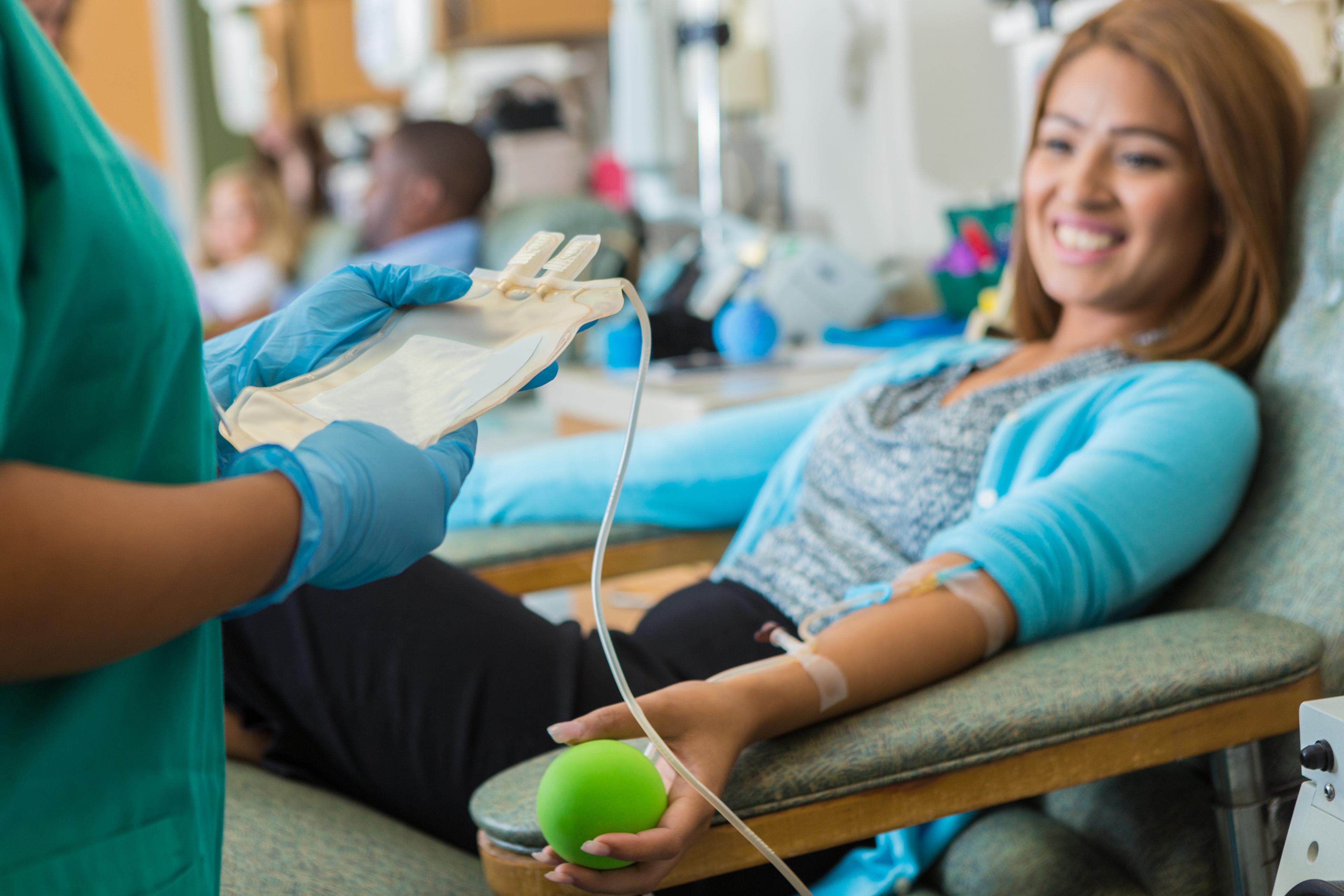Why Improved Medical Device Labels Could Improve Patient Safety
Julie Bitely
| 3 min read

Have you ever picked up a product from a store shelf because you like the packaging? In many cases, the colors, font, pictures, words, texture and shape of the packaging are carefully crafted by designers and marketers to elicit an emotional response from you. Whether you purchase or not certainly isn’t a matter of life or death. In the world of medical devices, however, clear and consistent labeling and packaging could very well affect the care patients receive. Researchers at Michigan State University are working to ensure that the same care and thought that goes into manufacturing medical devices extends to the packages they come in. The Blue Cross Blue Shield of Michigan Foundation is funding some of the research being conducted. Professor Laura Bix and a team of researchers recently had the results of their work published in PLOS One. They tested the packaging design of urinary catheters, widely available and widely used in health care settings. The team examined 20 different commercially-available catheters and benchmarked items such as font size, whether or not symbols were used on the packaging and the location of four pieces of information practitioners had deemed critical: the name, expiration date, whether the catheter was sterile and whether it contained latex or not. “We found that in the majority of cases, those four pieces of information were nowhere near each other,” Bix said. The researchers then set out to design improved packaging using symbols, color, boxes and groupings of critical information. They designed two commercial labels based on the benchmarking study, as well as a series of other labels that included (or did not include) the aforementioned factors. Almost 90 healthcare professionals were tested on their speed and accuracy in selecting a catheter. They were directed to select a product based on whether or not it contained latex or whether it was sterile or expired. Testing showed that symbols, color coding and grouping critical pieces of information significantly improved selection rates and the time it took people to make a correct selection. “Those three variables all significantly impacted the proportion of correct responses,” Bix said. Boxing the critical information – literally putting a box around it – actually seemed to impair participants’ ability to make a correct and speedy selection. “That surprised us a lot,” Bix said. Overall, it took almost six seconds longer to select the correct catheter in the commercial model compared to the labels presented with colors, symbols and information grouped – 8.9 seconds compared to 3.8 seconds. “Six seconds might not sound like much, but if you’re in an emergency situation, you want the better label,” Bix said. The Food and Drug Administration oversees the labeling of medical devices. As that governmental agency moves toward new rules and regulations which could force device manufacturers to revise their labeling, Bix is hopeful that her work will be considered as a starting point in guiding decisions. One of her students is currently expanding the team’s work by understanding the critical information practitioners need for other commonly used medical devices. Bix eventually foresees standards that will be in place for all sorts of medical devices, using common best practices to help make the packaging clear and easy to understand. “As we move toward an era of very patient-centered or user-centered design, it’s going to happen,” she said. “The data suggests that we can make an improvement.” If you enjoyed this post, you might also like:
Photo credit: Phalinn Ooi





